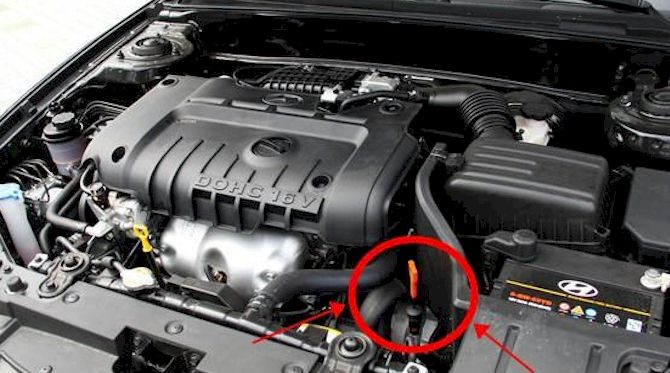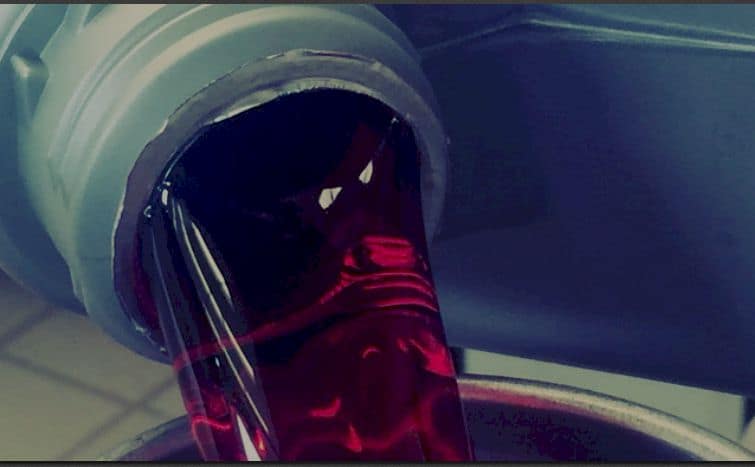Understanding the right usage of transmission fluid can’t be ignored. Paying no attention to it may result to expensive repairs, transmission replacements, or worst, the junking of the malfunctioning vehicle.
A common error drivers commit is overfilling or putting too much transmission fluid.
What is transmission fluid for?
Transmission fluid plays the role of a lubricant. It is the substance used to make car engines run smoothly. Specifically, it targets the transmission whose parts
While lubrication is the main purpose for using transmission fluid, it also has other functions:
Symptoms of an overfilled transmission

There are three symptoms to check out for:
- Formation of a puddle of the fluid under the transmission - check for leakage on the transmission’s seals
- Failure to properly shift – caused by foamy fluid
- Overheating – due to failure to negate friction
Consequences of transmission overfilling
If you put too much transmission fluid, some of the things that can happen to a transmission that’s overfilled include:
What happens if you overfill your engine oil YouTube Video
From Foaming to Irreparable Damage
In a normal setting, a large amount of the fluid goes to areas with fixed volumes; the rest of it goes to the pan that’s located below the rotating shafts. That’s comparable to engine oil. Much of it stays at the bottom of the engine under the rotating crankshaft.
You know what it means to sprint in water – it will decelerate you! Those shafts are not going to spin easily if drenched in fluid or oil.
Above the fluid is gas or air. The spinning shafts will then cause fluid and air to mix, forming foam. The foam will then be thrust into the hydraulic system, but since foam hardly flows as smoothly as oil, proper lubrication and cooling will not be possible.
Severe damage can happen next. If you’re talking about an automatic transmission, foam will implode when compressed in the hydraulics.
On the other hand, if you’re dealing with a manual transmission, foam implosion will occur between gears. In both cases, part pitting will take place.
In automatic transmissions, expect poor shifting and higher temperatures, as they depend on firm hydraulic pressure, not soft foam in making bands and clutches move.
The next thing that can happen is seal failure. Where there is a rotating shaft that gets inside a hole of an immovable part, there is a small part that prevents leakage – usually called a seal. In engines and transmissions, there are several seals and the most common culprit in their destruction is - guess what – excess fluid! Generally, the man-hour used in replacing them is huge! Thus, it isn’t too much of an effort that you ensure the oil is drained before damage occurs.

In many cases, seal damage calls for a transmission rebuilt. That, of course begins with removing the transmission out of the car, which entails labor cost. Transmission repair can cost high enough that the owner may just consider scrapping the old car to purchase a new unit. This is why it always pays to give enough attention to the transmission to make sure it will last.
How to check transmission fluid levels

The correct way to check the fluid level depends on the kind of transmission your car has. In automatic transmissions, use the oil dip stick that’s located either near the in-line engine or the transaxle.
It is necessary to do the oil dip stick measurement only if the engine is running and take note of how increases in heat change measurements. When the transmission is cold, make sure the fluid does not reach the top.
Some automatic transmissions have no dip stick. If that is the case with you, you need to get measurements using the plugs on the transmission’s side. Check instructions from the manual.
Most manual transmissions don’t come with dip sticks, but with plugs. Fluid levels for these are normally at the plug’s level, not above it. For cars with this type of transmission (and without dip sticks), checking must be done when the engine is off as it requires the use of a finger.
Warnings:
Interested article: How to unclog a radiator
How to avoid transmission overfilling
It’s easy to see the right level if one is dealing with plugs, but when it comes to using a dipstick, the advice is to add bit by bit or quart by quart to avoid overfilling. Adding by half a quart each time is more preferable.
Don’t let the dip stick mislead you. It may give a false reading. Turn on the engine and let it run idle.
When the engine is cool, the reading should fall on the top end of the “cold” range. When it’s hot, make sure that it reaches the top end of the “hot” range. For a warm engine, the reading should be between these two extremes.
How much transmission fluid do you put in your car?
Most transmissions have a full capacity of 9 to 13 quarts of transmission fluid. The model of car determines the type and capacity of transmission fluid.
The amount of transmission fluid to add depends on whether you are just adding to a remaining amount or you are completely draining the transmission and will replace it to the full afterwards.

When checking and refilling the transmission fluid, make sure that your car is on a level surface.
You should ask an experienced mechanic to inspect your car if the transmission fluid needs to be continuously added due to leakage in the seal.
Other transmission matters to pay attention to
Besides problems associated with too much transmission fluid or incorrect fluid level, avoid other issues such as burnt fluid, fluid contamination and dirty filters. Regular maintenance and checks can make your car and its transmission go a long way.
Simon graduated with a Mechanical and Electrical Engineering Degree. He has over 20 years of servicing experience in both Japanese and German car dealerships. He now acts as a freelance mechanic’s instructor for local schools.

I over-filled my lexus transmission and now it is slipping on turns. Did i damage it permanently or can I drain the excess out & maybe be ok?